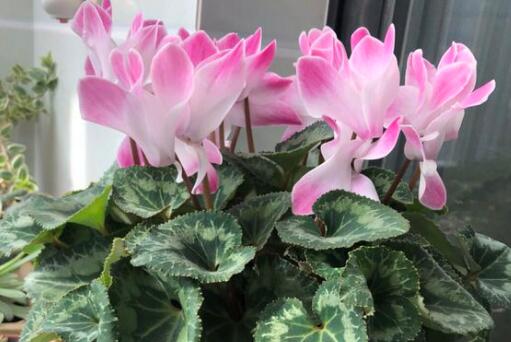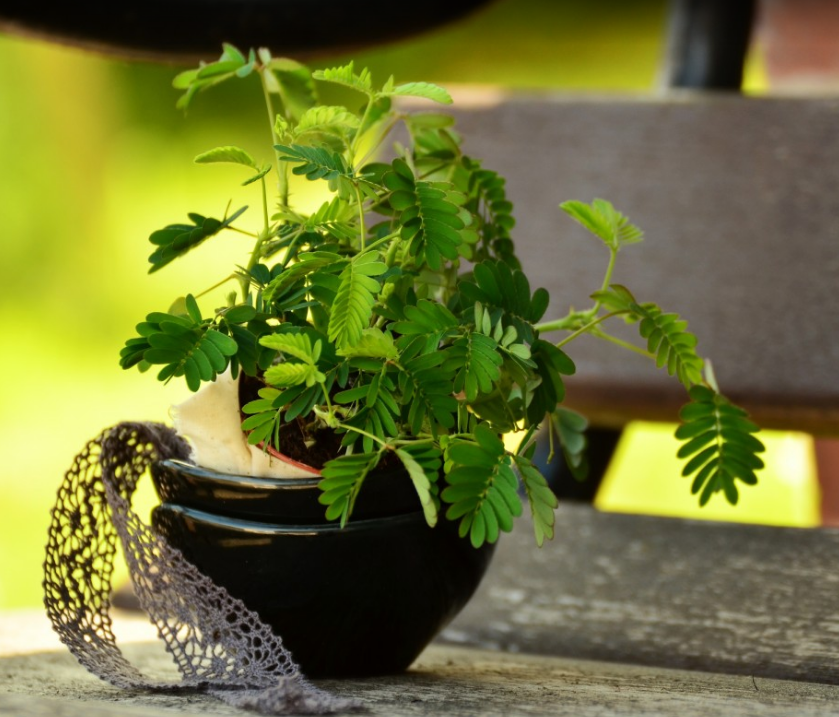How to raise Dendrobium? What's the difference between and Dendrobium candidum? What if the leaves turn yellow?
Dendrobium stem erect, fleshy, slightly flat cylindrical, with the effect of benefiting stomach, nourishing yin and clearing heat. So how to raise Dendrobium? What's the difference between and Dendrobium candidum? What if the leaves turn yellow?
First, how to raise Dendrobium?
1. Temperature
The suitable temperature for the growth of Dendrobium is 15-30 ℃, but not less than 5 ℃, otherwise it will enter a dormant state and cause frostbite. If the temperature is high, it should be moved to a cool and ventilated place, and warm measures should be taken if the temperature is low.
2. Lighting
The growing environment of Dendrobium itself is very damp and dark, so when breeding, it is best to put it in a place with astigmatism and do not let it be illuminated by strong light. If it is in a relatively low temperature in winter, it should be placed in a place with light. Only in this way can it grow better to avoid frostbite.
3. Fertilization
If you do not fertilize Dendrobium will also grow very well, if you want to blossom that fertilization is necessary, you can use farm manure for fertilization, after it enters the dormant period to stop fertilization.
4. Watering
Dendrobium likes the humid environment, so it should be watered properly, but the amount of watering must be grasped. If the amount of watering is too large, there will be rotting roots, which is not only not conducive to its better growth, but also affect its normal growth. So watering should be moderate and should be watered thoroughly at one time.
5. Diseases and insect pests
If you want to raise Dendrobium better, it is necessary to remove diseases and insects in time, clean up the diseased leaves, and strengthen ventilation, which can greatly reduce the probability of insect pests.

Second, what is the difference between Dendrobium and Dendrobium?
1. Difference in appearance
Dendrobium and Dendrobium candidum both belong to Orchidaceae, but they are also different in appearance.
Dendrobium: Dendrobium is divided into Dendrobium nobile, Drumstick Dendrobium, Dendrobium fimbriatum and so on.
Dendrobium nobile, mostly flat and cylindrical, can be up to 20-40 cm in length, 0.4-0.6 cm thick, golden yellow or greenish in yellow on the surface, with obvious longitudinal lines; the section is flat and loose after fracture.
Drumstick Dendrobium, mostly woolen tapered, about 1-3 cm in diameter, mostly golden yellow, smooth surface, spongy cross-section.
Dendrobium fringed, long cylindrical, 20-150 cm long, 0.4-1.2 cm in diameter, yellow or dark yellow on the surface, with deep longitudinal grooves, flat or fibrous section.
Dendrobium candidum: most of them are spiral or spring-shaped, the length and diameter are smaller than Dendrobium, usually about 9-35 cm, 2-4 mm thick, the surface color is mostly yellow-green or golden yellow, with obvious fine longitudinal wrinkles; after breaking, the section is flat, grayish white or grayish green.
2. Taste difference
Dendrobium: Dendrobium is the fresh or dry stem of plant Dendrobium, which is succulent and succulent in the mouth, with a slight smell, slightly bitter taste, sweet and sticky chewing.
Dendrobium candidum: the smell of Dendrobium candidum is slight, just put into the mouth, the taste is light, sticky, with a hint of vanilla, no obvious bitterness and sweetness, but the stronger the chewing taste, the more sticky.
3. Difference in efficacy
The sexual taste and meridian of Dendrobium and Dendrobium are similar, both of them are sweet, cold and return to the stomach and kidney meridians, but their efficacy and effects are also slightly different.
Dendrobium: Dendrobium has the effect of benefiting stomach, nourishing yin and clearing heat. it is often used in the treatment of mouth dryness and heat, stomach yin deficiency, dry retching, yin deficiency and exuberant fire.
Dendrobium candidum: in addition to the above efficacy of Dendrobium, it also has a unique blood-nourishing effect, which can supplement human blood, essence, fluid, etc., help nourish heart muscle, dredge cardio-cerebral vessels, and help reduce blood sugar and improve human immunity. It has a better effect of health care.
4. Price difference
Dendrobium: the price of ordinary Dendrobium is relatively cheap, depending on the quality of medicinal materials, the price varies from tens to hundreds of yuan per jin.
Dendrobium candidum: Dendrobium candidum has been listed as a national third-class protected variety, which has high medicinal value and relatively low yield, so the price is also relatively high. Usually, the price of Dendrobium candidum varies from hundreds to thousands of yuan per jin according to the quality of medicinal materials.
Third, what if the leaves of Dendrobium turn yellow?
1. Receive the right amount of light
This plant does not like places where the sun is too strong, so it is easy to turn its leaves yellow when exposed to the sun. Usually it is best to put it in the north balcony or living room these relatively cool places, when the sun is not very strong, move out properly bask in it. You can put it in the sun in winter or early spring when the sun is not strong.
2. Appropriate watering
Unreasonable moisture control is likely to lead to its yellow leaves, so you need to be careful when watering it. You don't have to water it too frequently. You can teach it every 7-10 days or so. When the weather is hot, or when the air is dry, you can use a spray can to spray water on it, or sprinkle water next to its basin to increase the humidity of the air.
3. Adjust the temperature
This kind of plant does not like the high temperature, if the summer temperature is too high and does not take proper measures to cool down, it is likely to have yellow leaves. At this time, we should put it in a cool and well-ventilated place, and appropriately increase the frequency of watering or spray water to its leaves in time.
4. Change the soil
If the soil is not good, it will not be conducive to its growth, and in serious cases it will lead to its yellow leaves. First of all, when we choose soil, if we use rotten leaf soil or pine needle soil dug out from the wild, we must expose the soil to the sun for a few days before using it. If we are not at ease, we can also treat the soil with zinc sulfate and kill the worms in the soil in time. In addition, the basin soil must be changed on time to ensure that it can absorb enough nutrients from the soil.
Time: 2019-03-14 Click:
- Prev

What are the effects and functions of cyclamen, the queen of potted flowers? What if the leaves turn yellow? (notes for changing basin are attached)
Cyclamen, also known as rabbit flower, is a characteristic flower plant native to the Mediterranean region, and later introduced to all parts of the world. Now it is one of the most common ornamental flowers in the world, known as the queen of potted flowers. Cyclamen is beautiful in appearance and full of fragrance of flowers. Many people like it.
- Next

How to raise mimosa? When will it blossom? What if the leaves turn yellow?
Mimosa is a very interesting plant. If you touch it gently with your hand, its leaves will close immediately and look shy, so people call it mimosa. I believe that many children have raised them at home, but they always encounter all kinds of problems.
Related
- Fuxing push coffee new agricultural production and marketing class: lack of small-scale processing plants
- Jujube rice field leisure farm deep ploughing Yilan for five years to create a space for organic food and play
- Nongyu Farm-A trial of organic papaya for brave women with advanced technology
- Four points for attention in the prevention and control of diseases and insect pests of edible fungi
- How to add nutrient solution to Edible Fungi
- Is there any good way to control edible fungus mites?
- Open Inoculation Technology of Edible Fungi
- Is there any clever way to use fertilizer for edible fungus in winter?
- What agents are used to kill the pathogens of edible fungi in the mushroom shed?
- Rapid drying of Edible Fungi

